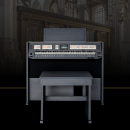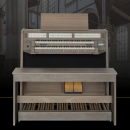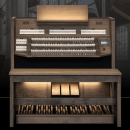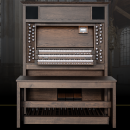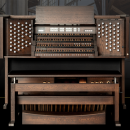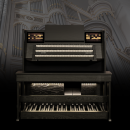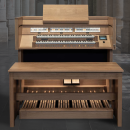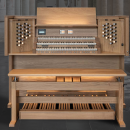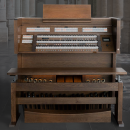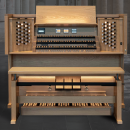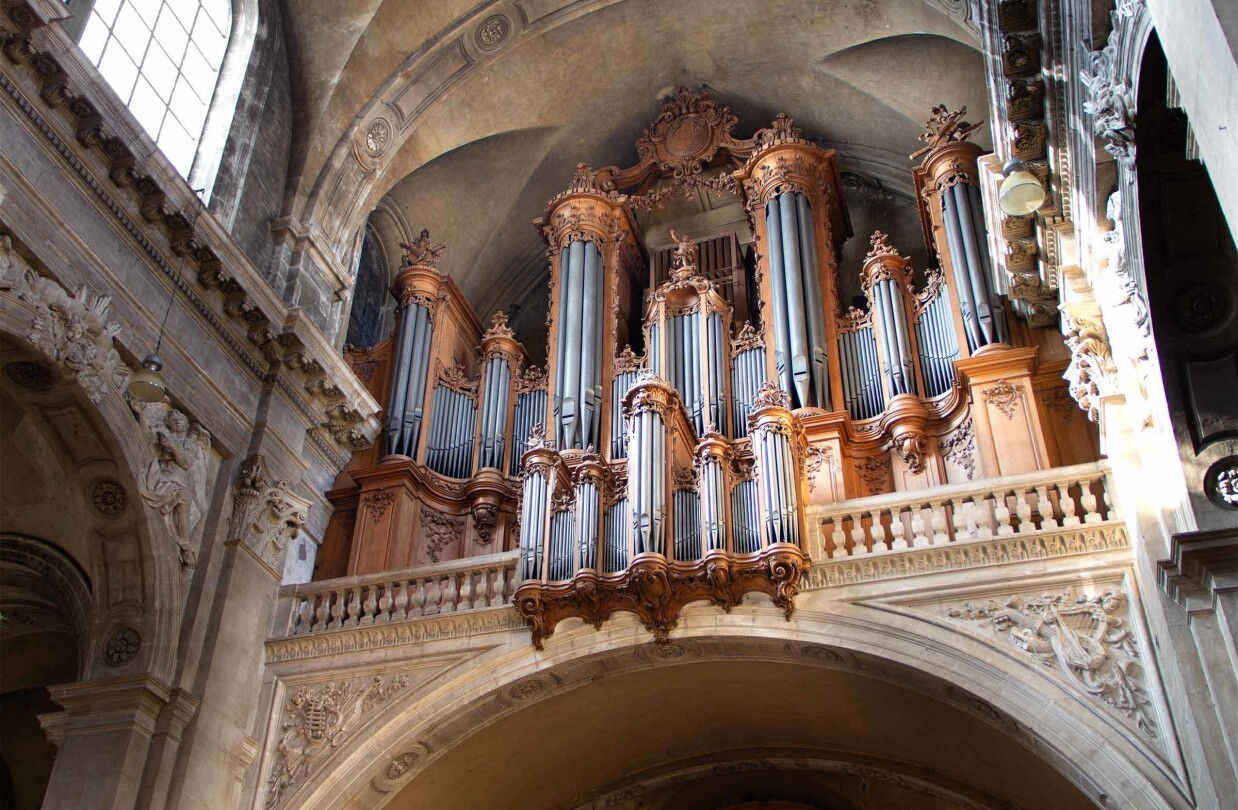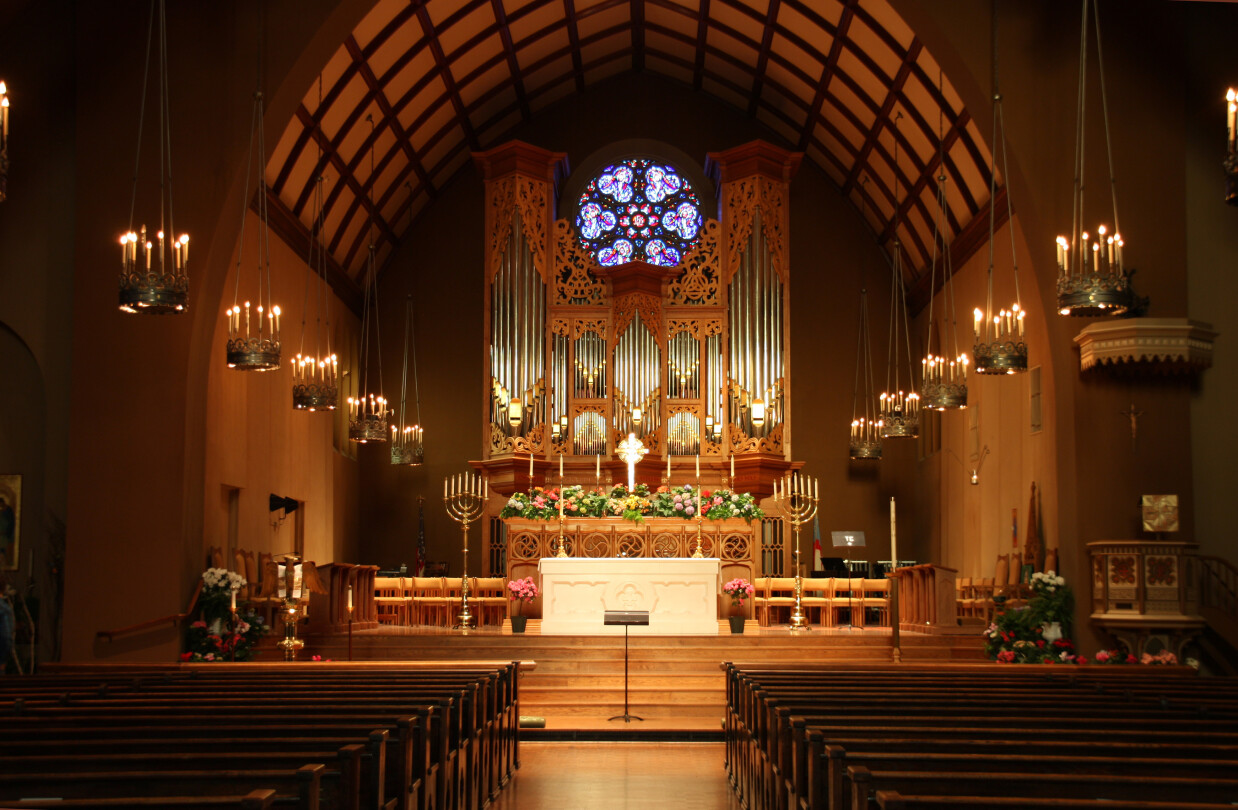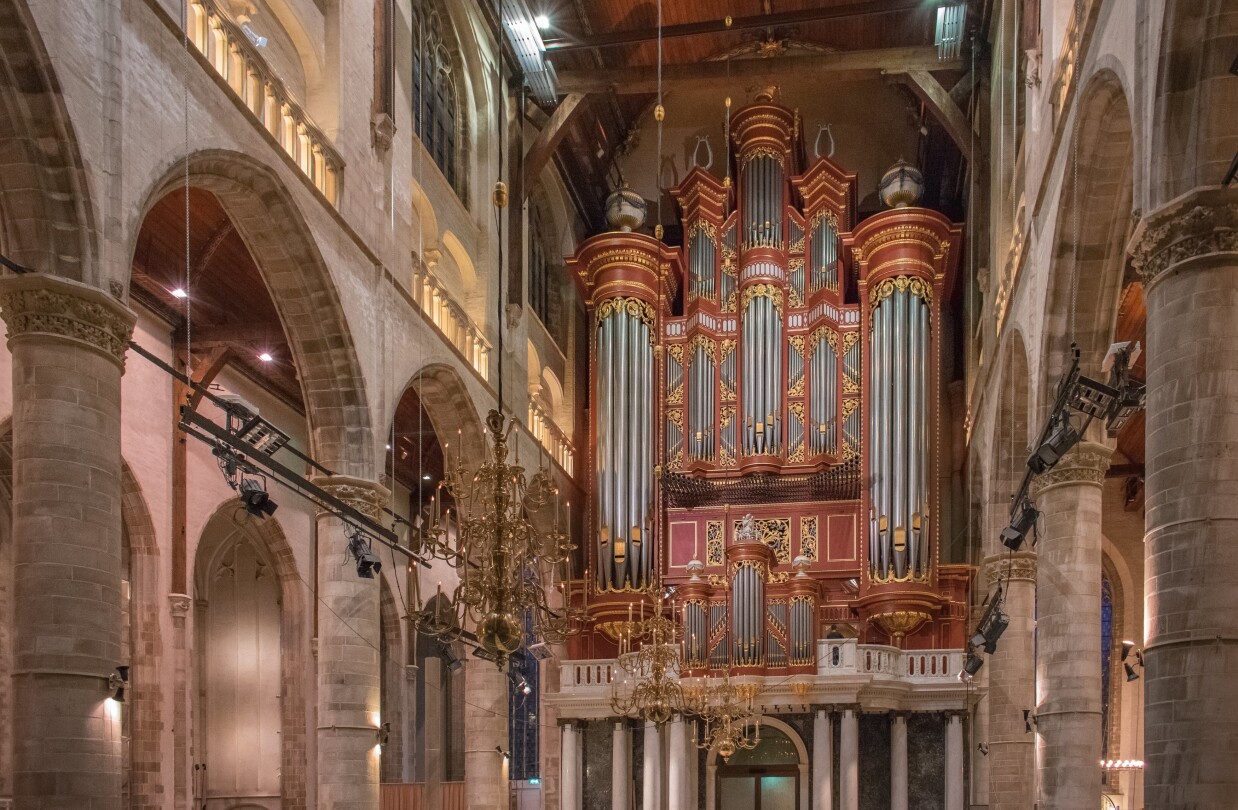Lüdingworth St.Jakobikirche
The organ in the church of St. Jacobi, Lüdingworth is an early work of Arp Schnitger, built in 1682–83. Schnitger re-used the entire pipework of the Hauptwerk and Brustpositiv divisions from the earlier instrument by Antonius Wilde. The sound of the late Renaissance organ built by Wilde in 1598–99 is strongly felt in the present instrument! Thus the organ is a highly suitable instrument for Renaissance organ music.
Schnitgers' stops
The organ consists of 35 stops across three manuals and pedal. The Hauptwerk offers a full range principal plenum, based on a 16 foot Quintadena. The Trommet 8 possesses the characteristic North German sound. There is the specific Schnitgerian Zimmel, composed of Quart and Sext, offering a non-harmonic series of overtones that resembles the sound of jingle-bells. This Zimmel is never used in a plenum. It is a solo stop used exclusively in fast soloistic passages. The Hauptwerk is complemented by the smaller plenum of the Rückpositiv, where the Terz sound dominates (two Terz stops: Sexquialter and Tertian) as an alternative to the RP Mixtur. The full sound of the Rückpositiv is crowned by the presence of a mighty reed, Dulcian 16. The pedal is a fully independent division with its own principal plenum, and it gives a solid foundation to the sound of the organ with its Trombone 16 and a Trommet 8. The small reed, Cornet 2, is used for pedal solos.

Lüdingworth St.Jakobikirche
Specifications
General
- Schnitger, 1683
- 3 keyboards
- 35 stops
